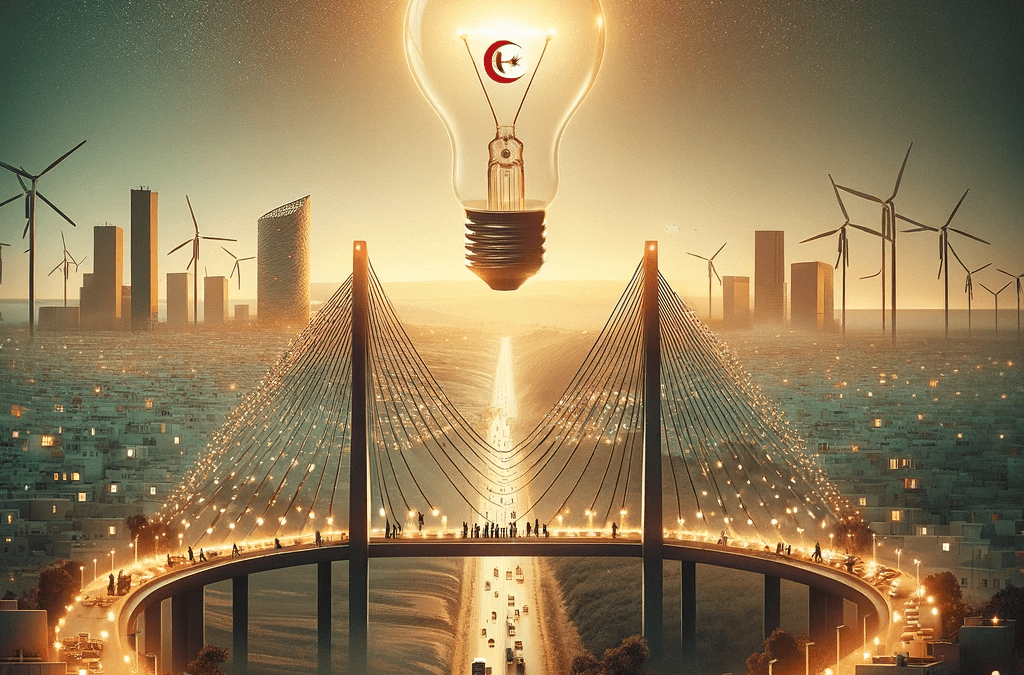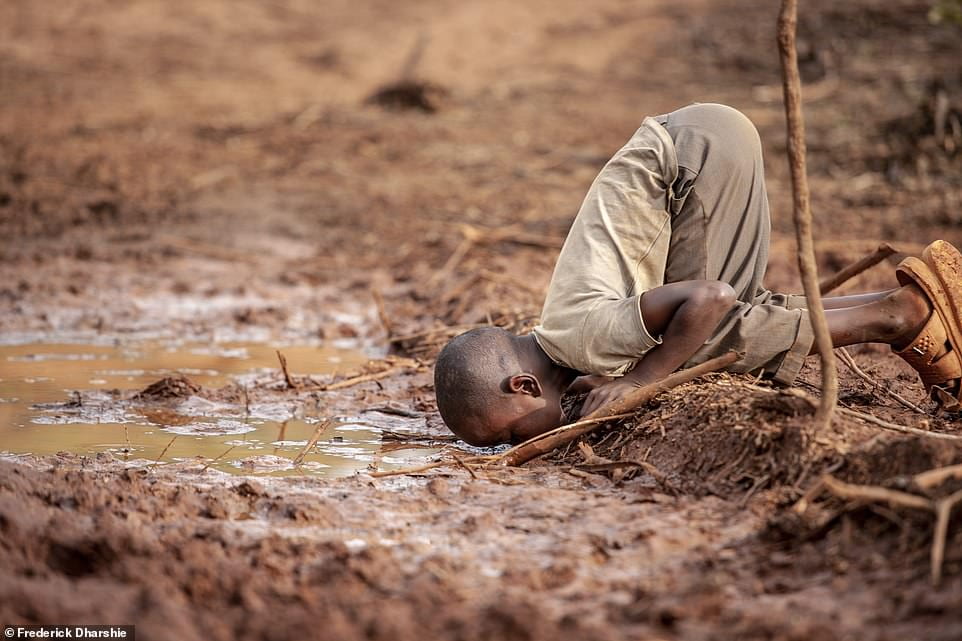
by hfc03 | Nov 20, 2023 | Visualization
The Initial Divide (1994):
In 1994, Tunisia’s electrification landscape presented a striking contrast. Urban areas were almost entirely electrified at 99.87%, but rural regions lagged significantly with only 66.29% access. This gap underscored a larger issue of inequality in access to basic utilities.
The Transformation Journey:
A visual representation, through a two-line chart, illustrates this journey vividly. As the years progressed, a noticeable shift occurred. The lines representing rural and urban electricity access started converging. This wasn’t just infrastructural progress; it was a story of reducing disparity and fostering inclusivity.
Achieving Parity (2016 Onwards):
By 2016, an impressive feat was achieved: both rural and urban areas reached a 100% electrification rate. This landmark achievement was the culmination of a series of strategic initiatives, reflecting Tunisia’s steadfast commitment to equitable development.
Behind the Success:
The road to this success was paved with innovative strategies and strong political will. Implementing technologies like photovoltaic cells in remote areas exemplified the innovative approach to overcoming geographical and logistical challenges.
Conclusion – A Model for the Future:
Tunisia’s electrification story is not just about lighting up homes; it’s about empowering communities, ensuring equitable access to essential services, and setting a precedent for other nations facing similar challenges. It’s a narrative that demonstrates how vision, commitment, and innovation can transform a nation.
Let’s keep this conversation going! What are your thoughts on such transformative initiatives?

by gne05 | Nov 18, 2023 | Uncategorized
African countries face a critical water situation, with millions lacking access to clean and safe water sources
According to the United Nations, about 40% of the world’s population lack access to the least basic water needs and with the global temperatures on the rise this number is expected to further increase. In line with its vision for the year 2030, the United Nations is developing a series of targets such as eliminating water sources pollution and increasing international cooperation, however until today not much has done to ensure that this goal will be met by year 2030.
African countries have the highest mortality rates related to unsafe water sanitation
As shown in the above heatmap, the highest mortality rates related to unsafe water in year 2019 belonged to countries from the African continent solely with Lesotho and Chad leading the way with 108.1 and 99.2 deaths coming from unsafe water sources respectively. In addition, as displayed in the above map, the African continent is clearly in a critical situation with less than half of the population receiving access to basic water services in most of its countries.
Increasing international cooperation can improve the African water situation
To address the critical water situation, a multifaceted solution involves improving water infrastructure, implementing sustainable water management practices, raise awareness and avoid water pollution. However, as known for its weak economic situation, most of the African countries are not currently capable to develop such infrastructural expansions, highlighting the need of an international cooperation to solve the critical water situation in Africa.
Integrated programs can scale and validate the proposed solutions to solve the current situation
Series of programs led and initiated by international partners can be used to assess the feasibility and effectiveness of the proposed solutions, including the sustainable water usage and pollution control to restore the ecosystems in Africa and ensure that the whole population is receiving access to the least basic water services. In addition, the programs will ensure the global collaboration discussed above.
All stakeholders should proceed immediately
As mentioned above, the United nation clearly stated that much has to be done to be in line with the SDG goals of year 2030. In this regard, we recommended to focus on clear policies that call for an immediate action plan to ensure those goals. But most importantly, we recommend all stakeholders to proceed immediately as the African continent is in a desperate water situation while mortality rates are going through the roof.
For more info, read the following articles:
https://www.unep.org/explore-topics/sustainable-development-goals/why-do-sustainable-development-goals-matter/goal-6
https://education.nationalgeographic.org/resource/sustainable-development-goal-6-clean-water-and-sanitation/
https://www.unwater.org/sites/default/files/2023-08/UN-Water_SDG6_SynthesisReport_2023.pdf
#SDG #SDG6 #Africa #Water #WaterSanity #Danger #Resources #HumanRights #UnitedNations #UN #Equality #UNEP #UNWater

